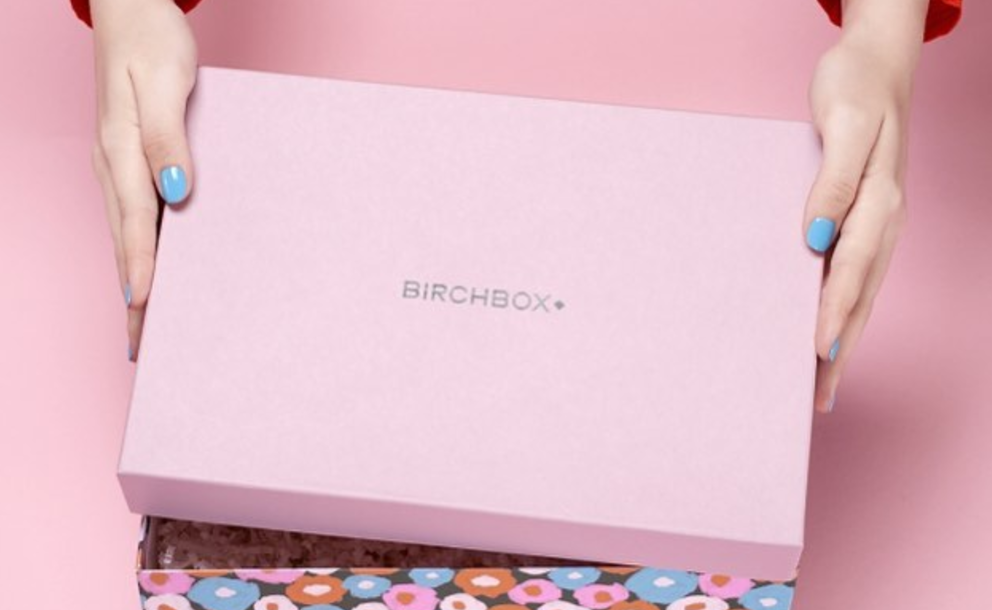Unsubscribe - #TRT
Image credit: Birchbox.com
Recently, everyone from investors to marketers have tried to guess the future of subscription services. With reported slumps in subscribers and investor funding, some said it was the end of the retail model. Just this year, however, big and influential brands have started paving their way in the land of subscription boxes. There's no doubt about it -- the subscription space is changing. But as always, brands can evolve with those changes. You just have to listen to the zeitgeist a bit. So, let's move on before I say "zeitgeist" again.
Since the barrier to entry for subscription services is pretty low, the market's a bit oversaturated. If you factor in the fact that consumers are used to the retail model by now, brands must be very thoughtful when choosing subscription.
What started as an artisanal market with a hand-picked feeling has now become the retail norm. In fact, big brands are making their way into the subscription space. When I say "big" brands, I mean "huge." Adidas-style huge. Yeah, Adidas has a subscription service! They introduced it early this year: celeb-curated, quarterly athletic collections. $150 a quarter. For anyone who is bad at mental math (me, I used my calculator) that's $600 a year. It makes sense for Adidas' price points and consumers, sure. But, man, that's a far cry away from the original intent of subscription boxes being a bargain-y way to discover new products.
Image credit: Starbucks.com
This shift is also Starbucks-huge. That's right, the coffee-giant has a subscription starting around $20 a month. It allows consumers to try new coffee each month, which makes sense. I mean, think about it -- we want everything delivered to our door and nobody has time to stand in a line for 45 minutes at Starbucks in the morning. This way, consumers are still Starbucks-loyal from the comfort of their home. And on top of it all, they're discovering new products to keep them even more Starbucks-loyal.
Still, subscription brands can struggle long-term when their consumers eventually discover enough to be satisfied. That's why modern-day subscription models are looking a little different. They're solving for necessities.
Image credit: hubblecontacts.com
A new and notable example is Hubble Contacts. Similar to Warby Parker, they've disrupted the eyewear market, but this time, it's contact lenses. You can pay $264 a year for a subscription service of daily contacts, which makes me feel awkward for years and years of spending twice that. And, of course, these are delivered to your door. You know the drill. Similarly, Dollar Shave Club has taken the price tag and hassle out of stocking up on razors. Same with quip and electric toothbrushes! There's an obvious common thread here. We need razors (debatable) and toothbrushes (not debatable). We won't stop needing contacts, so there's no real reason to unsubscribe.
On the other hand, subscription boxes that rely on the excitement of discovery aren't doomed. In fact, I have a skincare subscription that I particularly adore. They'll just have to stay ahead. Discovery brands will have to really know about it before it's cool.



